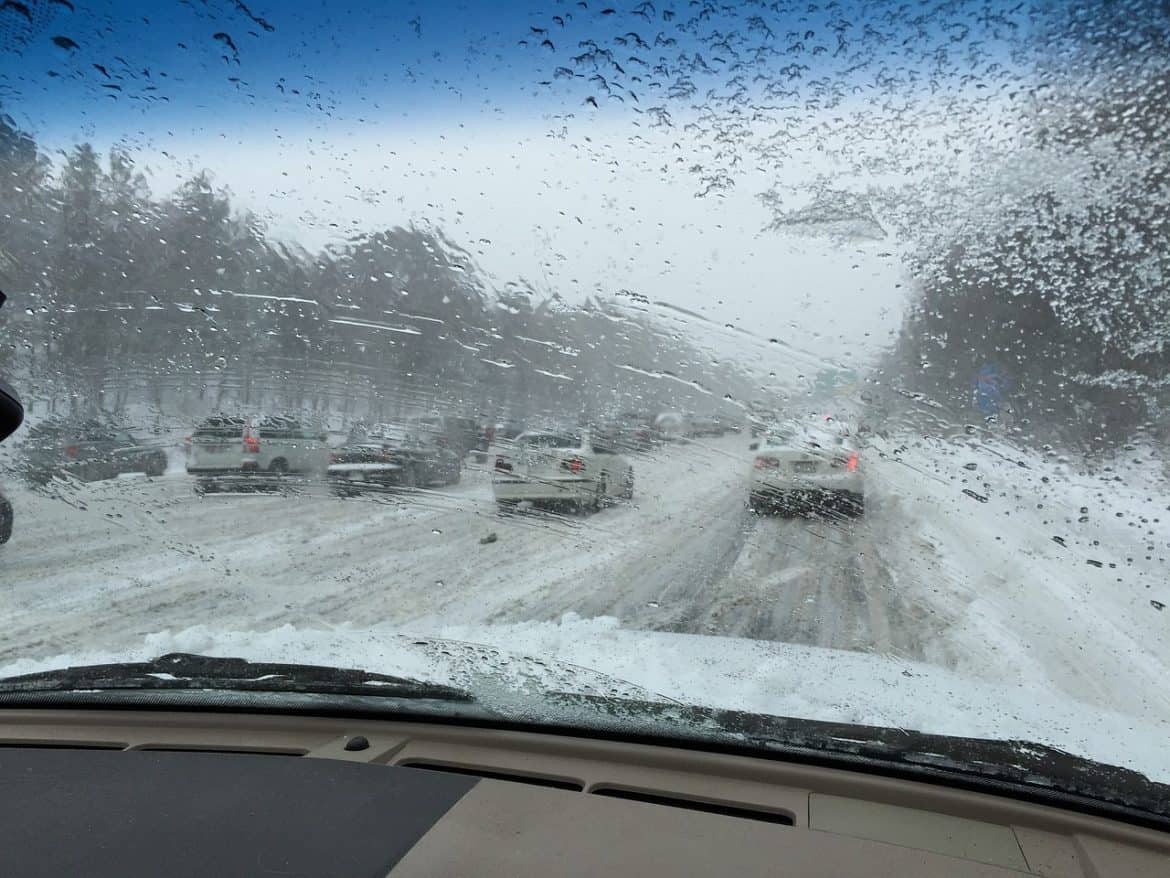One of the first guns I ever bought for myself was a Springfield Armory M6 scout rifle. Like almost all owners of the M6 scout, I really like the concept, but I find it needs a sling swivel to really fit my needs. What is the M6 Scout For the uninitiated, the M6 scout […]
Author: David Nash
Winter Driving Safety Tips
Winter Driving is more than having a 4 wheeled drive or experience in the frozen north. It is about preparedness, common sense, and looking out for other drivers. I have seen all manner of accidents caused by winter driving conditions, and know the damage vehicles can do. When driving in wintry weather: slow down, stretch […]
How to Prepare for Winter Weather
Preparing for winter weather involves more than just buying salt and hot chocolate. Stock up on non-perishables, like canned goods, and make sure you have adequate medical supplies and prescriptions. I have worked winter storms that have wrecked havoc on the unprepared – cold weather can kill – and it can cause accidents that kill […]
How to Build a Homemade Kydex Press
Being a carry permit holder I have a thing for gun holsters, being a big guy, I spend a lot of time baking sure that my holsters are comfortable and work well with the clothing I wear. Something I have noticed “gun guys” is that we all have a box of old holsters. The […]





